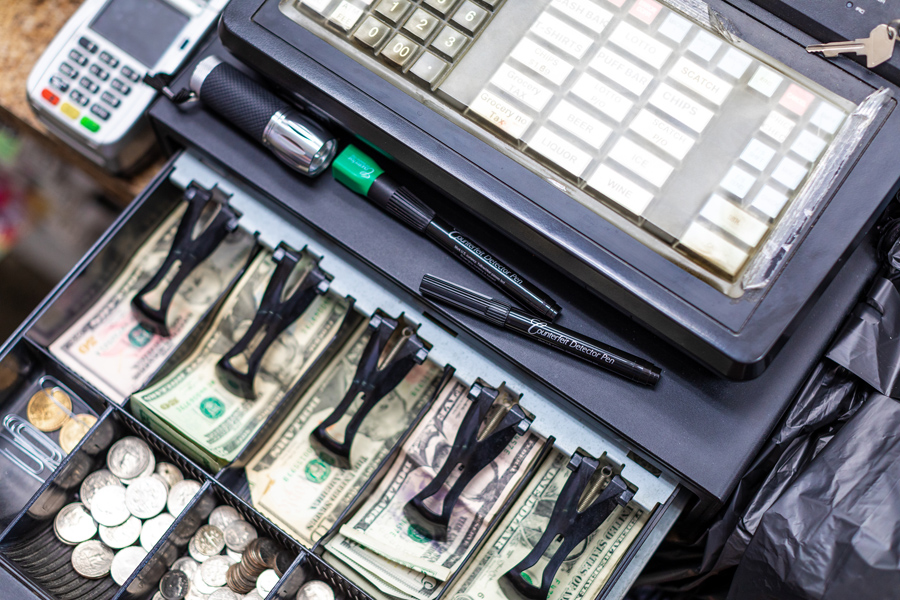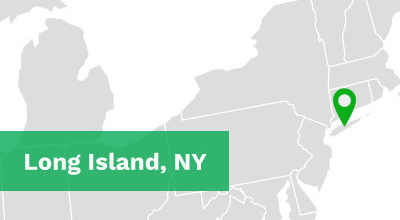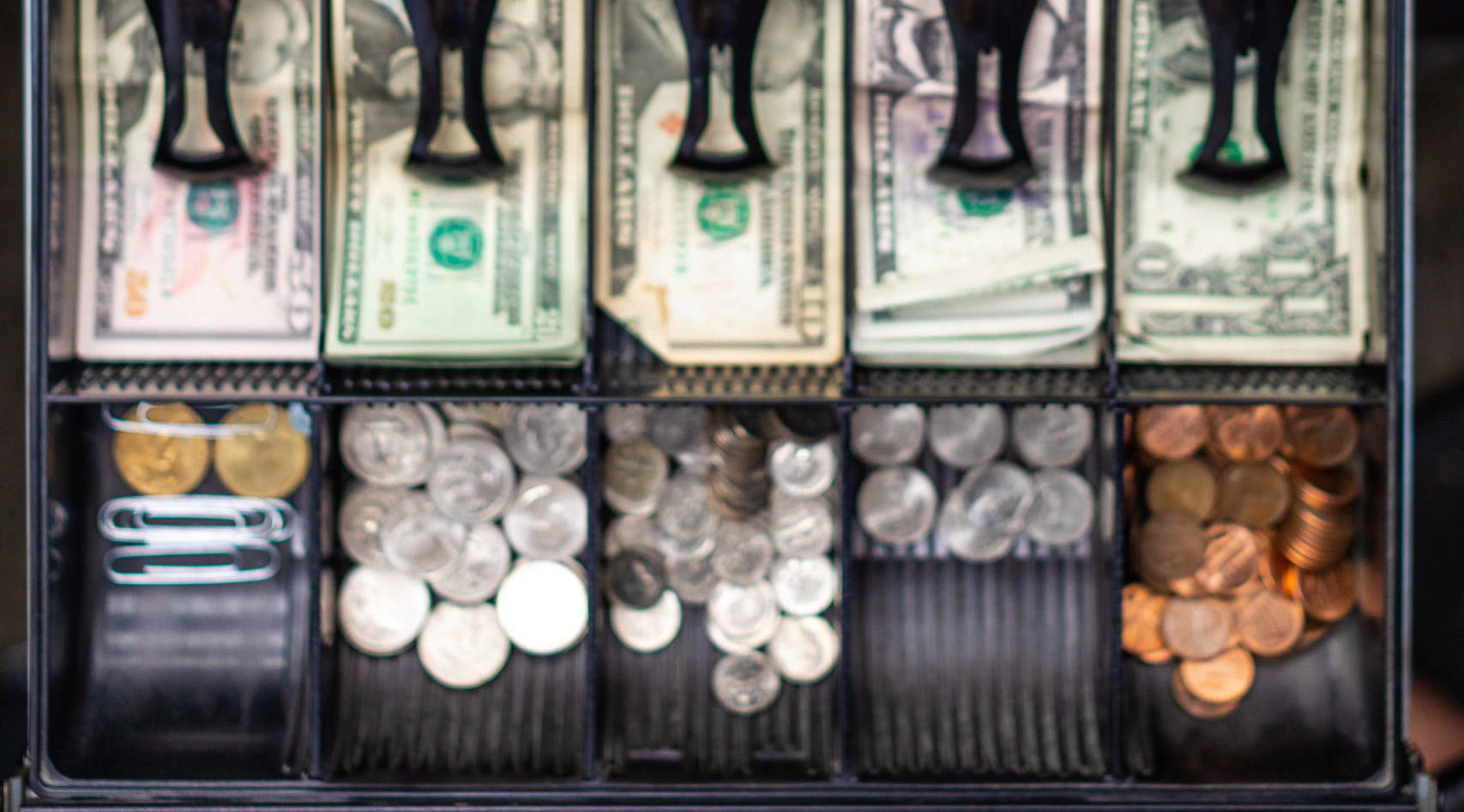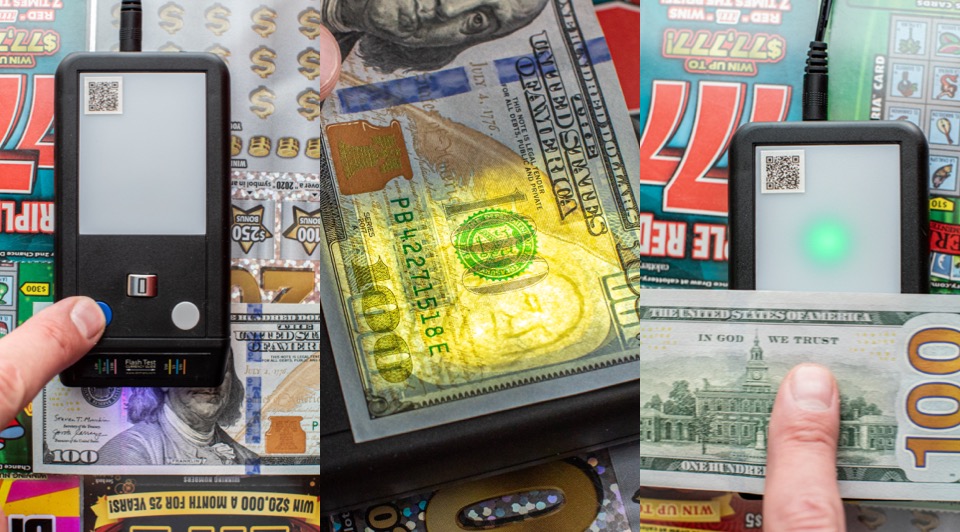In a digital world it can be easy to think that counterfeit cash is a thing of the past. But according to the United States Department of Treasury there are currently upwards of two hundred million dollars’ worth of bogus bill’s in circulation. With that being said, there are ways to keep yourself from being fooled.
Let’s take a look at a few of those detection methods.
Counterfeit Detector Pens:
Arguably the most well known counterfeit detection product, the counterfeit detector pen serves as a chemical test for paper authenticity. American paper money is printed on Cranes currency paper stock, which is not anything like common printer paper. This special paper is composed of a combination of linen and cotton and is only available to governments, making it nearly impossible to obtain. Counterfeit detector pens use a special liquid formula to react with chemicals that are used to process wood pulp paper. This solution turns the paper dark brown or black during that chemical reaction, so counterfeit money which is printed on anything other than Cranes paper causes the chemical reaction
Pens are reliable on most common counterfeit notes which are scanned and printed on copy or typing paper using laser or inkjet printers. Some counterfeiters use a process commonly referred to as bleaching to defeat the counterfeit detector pens’ accuracy. A single or five-dollar bill is soaked in a solvent, and the ink is removed. The blank currency paper is then overprinted with a higher denomination. Because this type of counterfeit is now printed on Cranes currency stock, the pen does not work. Bill bleaching, because it’s quite labor intensive, is not an enormous problem, but there are still significant numbers of these in circulation.
Pros: Small, convenient, inexpensive, easy to train and understand
Cons: Accuracy is a problem due to bill bleaching
Where to Buy: Dri Mark is the original patent holder of the counterfeit detection pen and has been manufacturing them on Long Island, NY since the 1970’s. Shop the original counterfeit detector pen HERE.
UV & White Light Detectors:
These light-based detection devices work by revealing invisible UV features or paper watermarks on banknotes. Countertop machines such as the UV lightbox seen at many airport security checkpoints pick up the UV features that are embedded in U.S. currency denominations of $5 to $100. Each U.S. bill (except for the $1) has a Mylar security strip which glows under UV light. These machines will illuminate those strips. Other machines combine the UV lights with a backlit platter to reveal the watermarks in bills. Each U.S. bill of $5 -$100 has a watermark image to the right of the portrait which mirrors the portrait in the center of the bill. (except the $5, which has a number 5). When the bill is laid on the backlit platter, the watermark is easily visible.
These machines come in various sizes and formats. The most common utilize fluorescent tube bulbs which need to be replaced periodically. Some newer machines use LED technology which tend to be more reliable and also have the advantage of never needing replacement bulbs. Pocket UV flashlights are also a popular version of this technology, and some companies combine a UV light with the classic counterfeit pen.
Pros: These detectors are generally, very effective if used correctly. They also are affordable, typically between $25-$75
Cons: The detectors can be time consuming at registers and also require some training.
Where to Buy: Dri Mark offers two different UV light detectors that work great. The UV Pro is a great option to check IDs, credit cards, gift cards and security strips that can be found on cash. Shop the UV Pro HERE. The Dual Detector offers the traditional counterfeit detector pen as well as a UV light attached to the cap. With the Dual Detector you get the ease of the pen as well as the UV features that can defend against accepting a bleached bill. Shop the Dual Detector HERE.
Bill Scanners:
These devices are a step up in technology and vary in complexity. All of these machines feature an auto feed feature in which a bill slips into the front, is fed into the scanner, and is returned to the user, or out of the back of the unit. Indicators will show if the bill is good or counterfeit. The simplest of these will test for 3 or 4 features, but the most complex can look at 6 variables to check for authenticity. Almost all scanners check for UV and magnetism. Others check for size, thickness, image accuracy and infrared imaging. The better machines allow the user to insert the bill in any direction, which is called 4-way insertion. Less expensive models only allow the bill to be inserted face up and in one orientation.
Pros: Bill scanners can be very accurate and are incredibly easy to use. Scanners require no decision making for clerks, so training and set up are simple.
Cons: Bill Scanners can require some programming and maintenance. False readings are possible and require repeated insertion of bills. Many scanners are too large to place at the point of sale and can be expensive, ranging between $100 – $300 or more.
Where to Buy: Cassida offers three different bill scanner options with an easy to read PASS/FAIL display, shop Cassida HERE. Accubanker has a large selection of bill scanners that all come with a three-year warranty, shop Accubanker HERE.
New Technology:
As counterfeiters advance so does detection technology. Companies such as Dri Mark offer cutting edge equipment that makes counterfeit detection easy and accurate.
Pros: Newer devices are small and easy to use at registers. Set up and staff training are both extremely easy and devices are almost 100% accurate.
Cons: Newer technologies are more expensive than simple detectors like the pen or white light detectors.
Where to Buy:
The Flash Test Detector is a very small plug-in device which fits easily right at the point of sale. Its primary function detects authentic US currency ink. This little guy is lightning fast and quite accurate. The Flash Test also has UV and a backlit platter for extra security. Find out more about the award winning Flash Test HERE.
So, What Should I Buy?
The only counterfeit detection devices that work are those that are used. It is easy to buy big, bulky machines and high technology. More important are ease of use, ease of training and seamless integration into the point of purchase routine. The objective of counterfeit detection efforts is not to eradicate all counterfeiting, but to reduce your losses and protect your business. The key is consistency of effort by making counterfeit detection a constant part of your loss prevention strategy. No matter which technology you choose, make it a part of the routine. Some new products, such as the Flash Test, are so small and fast that it makes point of purchase detection second nature. That’s the objective. If you would like to find out more about all of the Dri Mark counterfeit detection products, click HERE.



